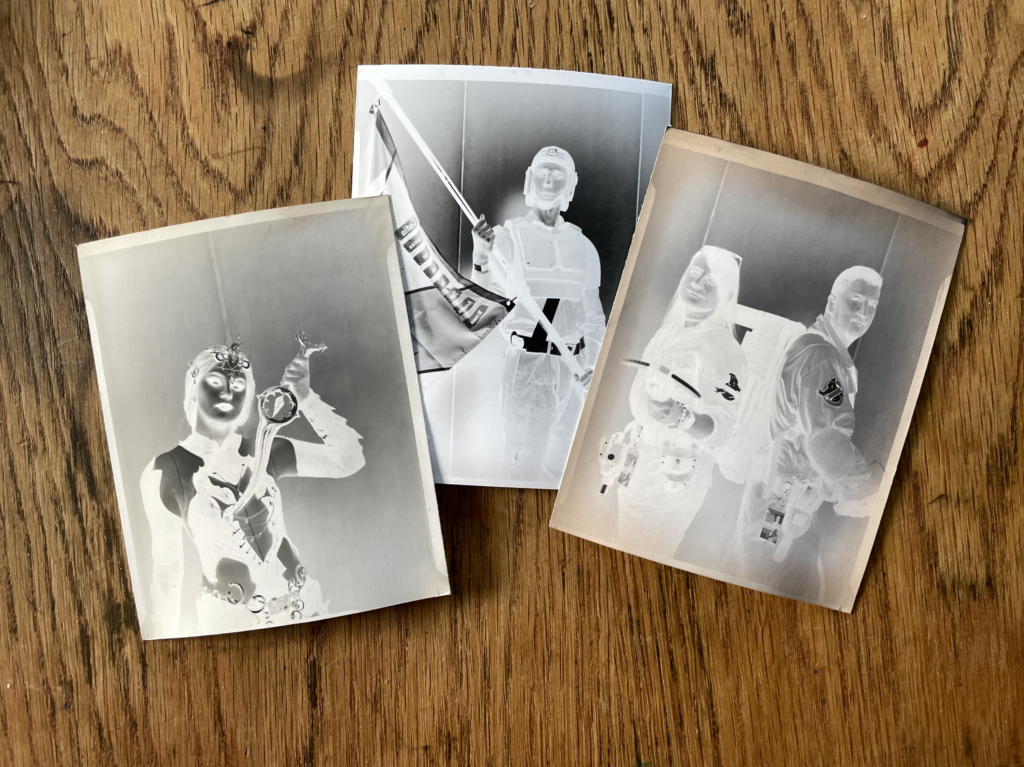
11 February, 2025
What I Love About Paper Negatives
11 February, 2025
What I Love About Paper Negatives
7 February, 2025
Converting Colour and B&W Film Negs – an Evolution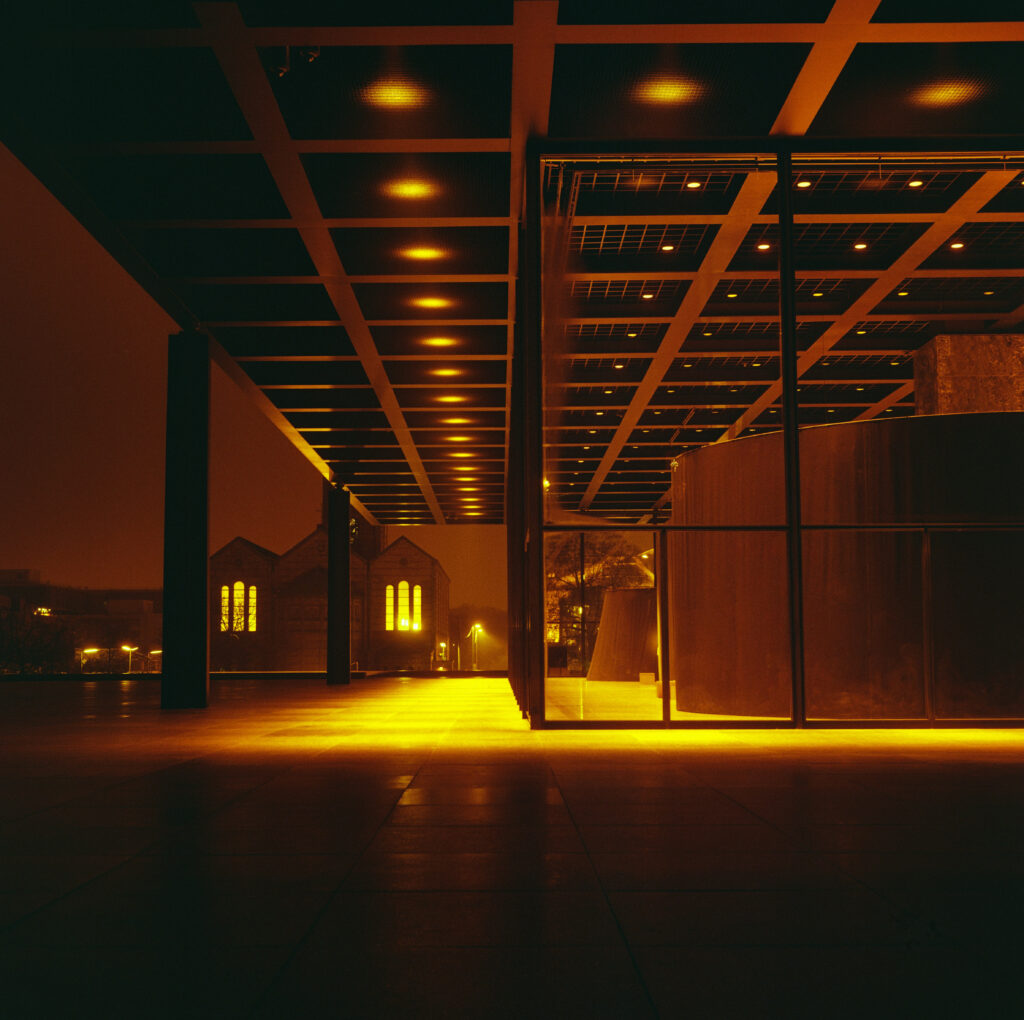
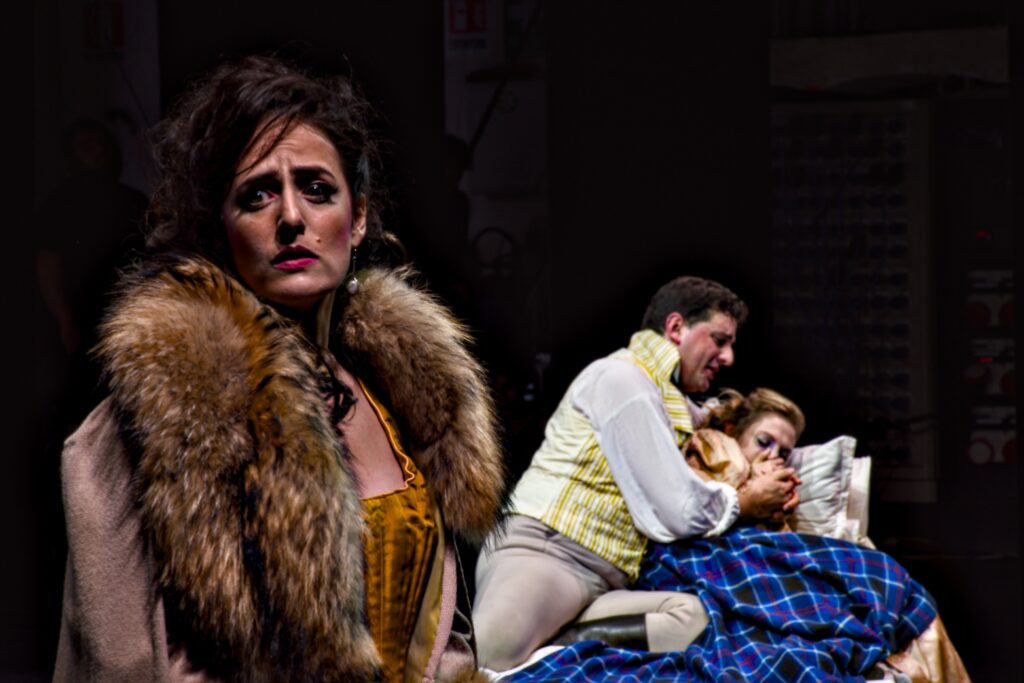
19 December, 2024
A Night at the Opera – Plays and Opera Photography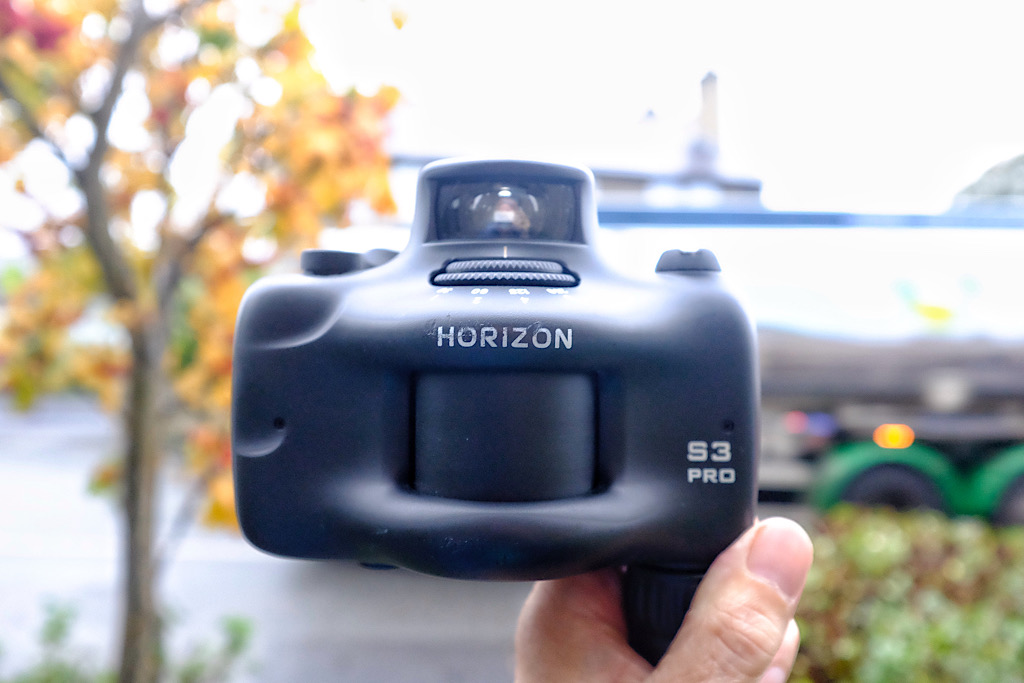
21 November, 2024
The Wider View – learning to create panoramic images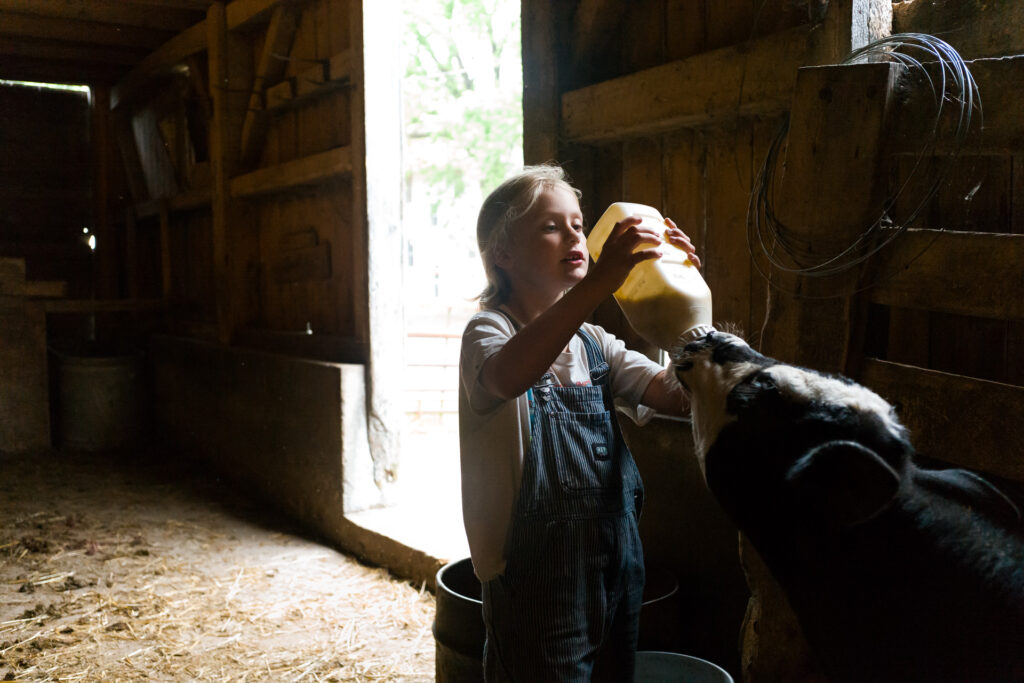
7 November, 2024
Approaching Reportage Photography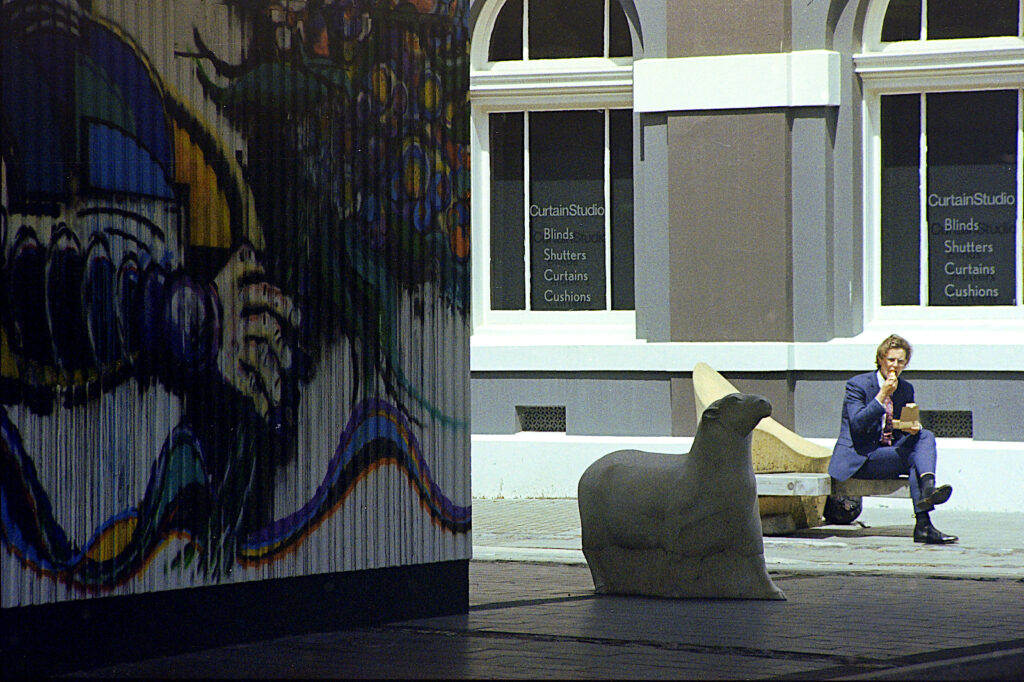
4 October, 2024
From Negative to Positive in Colour – My Experience & Workflow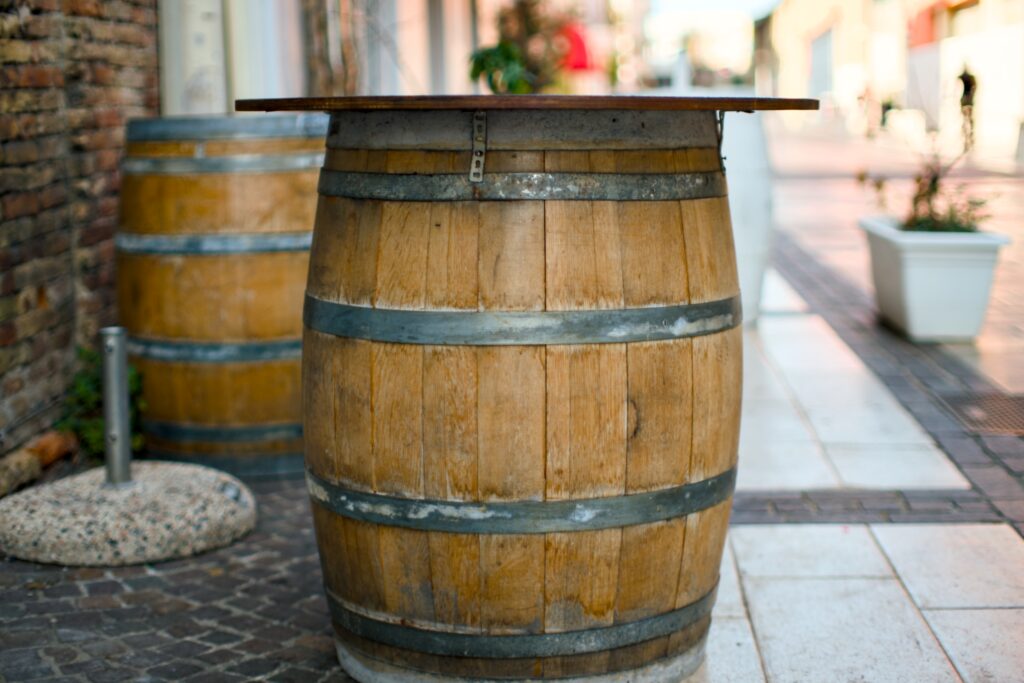
26 September, 2024
A creative approach to zone focusing with superfast manual lenses and mirrorless cameras in street photography
Photography & Projects
Looking for some inspiration, or just want to flick through the project work and photos?

Reviews & Experiences
If you're looking for photography equipment and peripheral reviews, this is the place to start!

Theory & Reflections
If you're looking for photography equipment and peripheral reviews, this is the place to start!

Tutorials & Knowhow
If you want to learn or discover a new technique, build on your skills, or be inspired to have a go at a bit of DIY or camera modification, then you’re in the right place.